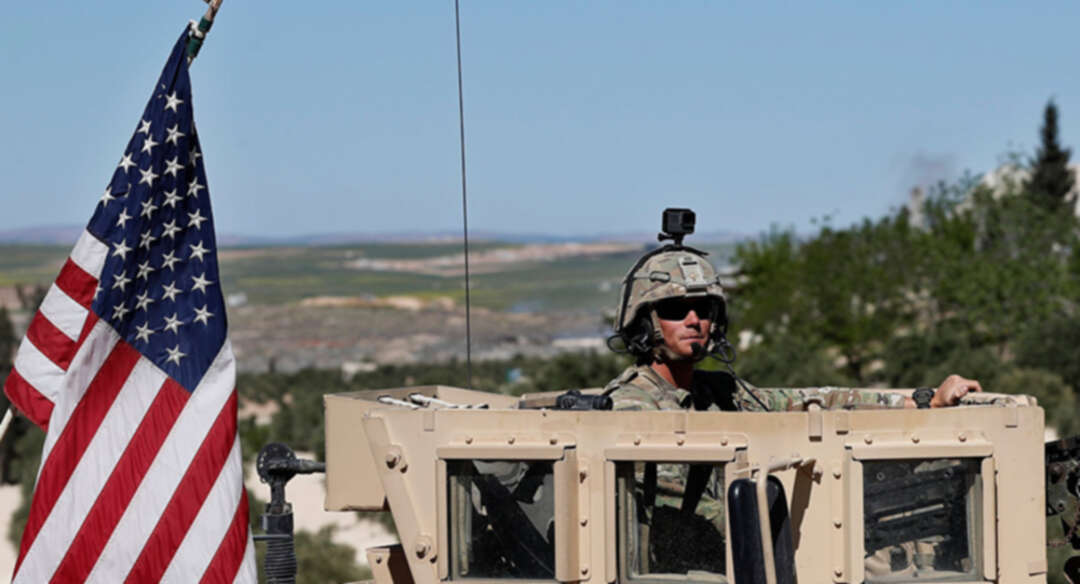-
Growth for Middle East’s oil exporters will remain ‘subdued’: IMF

Growth in the short-term will remain subdued for oil exporters in the Middle East, North Africa, Afghanistan, and Pakistan (MENAP) region due to volatile oil prices, precarious global growth and elevated fiscal vulnerabilities, said the International Monetary Fund in a report on Monday.
“Lower global demand and oil production could potentially weaken oil prices, business confidence, and investment decisions, with adverse implications for growth and fiscal and external positions,” the Fund said in its regional economic outlook.
At the same time, many countries in the region are benefiting from supportive global financial conditions such as interest rate cuts by major central banks and their inclusion in global equity and bond indices that boosted debt and equity flows in 2019.
Although the banking sector remains healthy, safeguarding the stability of the financial system will require monitoring of trends in the real estate sector and continued use of macroprudential measures, the IMF said.
Oil exporters in the MENAP region should resume structural reforms to support private-sector-led non-oil growth and raise productivity, the report said.
Growth in MENAP oil exporters is expected to be 1.3 percent in 2019, down from 1.6 percent in 2018, according to the IMF.
The Fund expects growth in Gulf Cooperation Council (GCC) countries to be 0.7 percent in 2019, down from 2 percent in 2018, mainly due to oil production cuts under the current OPEC+ deal.
However, growth is anticipated to rebound to 2.5 percent in 2020 on rising oil and gas production from countries including Kuwait, Oman and Saudi Arabia and the commencement of the OPEC leader’s 400,000-barrel- per-day refinery in the country’s Jizan region.
Non-oil growth, which is expected to hit 2.8 percent in 2020, from the current 2.4 percent, will be supported by infrastructure spending. The IMF notes investments towards the Expo 2020 in UAE and the 2022 World Cup, which will be held in Qatar.
In Iran, which faces severe US sanctions, output is expected to shrink by 9.5 percent in 2019.
“Iran’s main export, oil, is severely restricted, and imports have collapsed. Some stability in the level of output is expected in 2020, culminating in near-zero growth,” the IMF said.
High levels of debt
The Fund said high public debt and associated financing costs are not only holding back growth in the region, but also pose a source of acute fiscal stress.
Many countries have experienced debt increases over many years, due to growth declines and rise in deficits in the wake of the Arab uprisings in 2011.
Public debt levels are very high in many countries—exceeding 85 percent of GDP on average, and more than 150 percent in Lebanon and Sudan, the Fund said.
Lebanon has experienced protests and demonstrations after its government proposed austerity measures aimed at reducing its massive debt.
“A persistent decline in growth has also played a critical role,” the Fund said.
Lebanon’s economic growth slowed to about 0.3 percent in 2018 on the back of low confidence, high uncertainty, and a significant contraction in the real estate sector, according to the IMF, which expects Lebanon to see a continuation of weak growth in 2019.
Oil-importing MENAP countries are facing twin threats of slow growth and fiscal unsustainability. Governments cannot afford to delay implementing growth-friendly consolidation and structural reforms necessary to meet these challenges, the IMF said.
Growth in MENAP oil importers is expected to fall slightly in 2019 to 3.6 percent, down from 4.3 percent in 2018.
source:John Benny
You May Also Like
Popular Posts
Caricature
BENEFIT AGM approves 10%...
- March 27, 2025
BENEFIT, the Kingdom’s innovator and leading company in Fintech and electronic financial transactions service, held its Annual General Meeting (AGM) at the company’s headquarters in the Seef District.
During the meeting, shareholders approved all items listed on the agenda, including the ratification of the minutes of the previous AGM held on 26 March 2024. The session reviewed and approved the Board’s Annual Report on the company’s activities and financial performance for the fiscal year ended 31 December 2024, and the shareholders expressed their satisfaction with the company’s operational and financial results during the reporting period.
The meeting also reviewed the Independent External Auditor’s Report on the company’s consolidated financial statements for the year ended 31 December 2024. Subsequently, the shareholders approved the audited financial statements for the fiscal year. Based on the Board’s recommendation, the shareholders approved the distribution of a cash dividend equivalent to 10% of the paid-up share capital.
Furthermore, the shareholders endorsed the allocation of a total amount of BD 172,500 as remuneration to the members of the Board for the year ended 31 December 2024, subject to prior clearance by related authorities.
The extension of the current composition of the Board was approved, which includes ten members and one CBB observer, for a further six-month term, expiring in September 2025, pending no objection from the CBB.
The meeting reviewed and approved the Corporate Governance Report for 2024, which affirmed the company’s full compliance with the corporate governance directives issued by the CBB and other applicable regulatory frameworks. The AGM absolved the Board Members of liability for any of their actions during the year ending on 31st December 2024, in accordance with the Commercial Companies Law.
In alignment with regulatory requirements, the session approved the reappointment of Ernst & Young (EY) as the company’s External Auditors for the fiscal year 2025, covering both the parent company and its subsidiaries—Sinnad and Bahrain FinTech Bay. The Board was authorised to determine the external auditors’ professional fees, subject to approval from the CBB, and the meeting concluded with a discussion of any additional issues as per Article (207) of the Commercial Companies Law.
Speaking on the company’s performance, Mr. Mohamed Al Bastaki, Chairman BENEFIT , stated: “In terms of the financial results for 2024, I am pleased to say that the year gone by has also been proved to be a success in delivering tangible results. Growth rate for 2024 was 19 per cent. Revenue for the year was BD 17 M (US$ 45.3 Million) and net profit was 2 Million ($ 5.3 Million).
Mr. Al Bastaki also announced that the Board had formally adopted a new three-year strategic roadmap to commence in 2025. The strategy encompasses a phased international expansion, optimisation of internal operations, enhanced revenue diversification, long-term sustainability initiatives, and the advancement of innovation and digital transformation initiatives across all service lines.
“I extend my sincere appreciation to the CBB for its continued support of BENEFIT and its pivotal role in fostering a stable and progressive regulatory environment for the Kingdom’s banking and financial sector—an environment that has significantly reinforced Bahrain’s standing as a leading financial hub in the region,” said Mr. Al Bastaki. “I would also like to thank our partner banks and valued customers for their trust, and our shareholders for their ongoing encouragement. The achievements of 2024 set a strong precedent, and I am confident they will serve as a foundation for yet another successful and impactful year ahead.”
Chief Executive of BENEFIT; Mr. Abdulwahed AlJanahi commented, “The year 2024 represented another pivotal chapter in BENEFIT ’s evolution. We achieved substantial progress in advancing our digital strategy across multiple sectors, while reinforcing our long-term commitment to the development of Bahrain’s financial services and payments landscape. Throughout the year, we remained firmly aligned with our objective of delivering measurable value to our shareholders, strategic partners, and customers. At the same time, we continued to play an active role in enabling Bahrain’s digital economy by introducing innovative solutions and service enhancements that directly address market needs and future opportunities.”
Mr. AlJanahi affirmed that BENEFIT has successfully developed a robust and well-integrated payment network that connects individuals and businesses across Bahrain, accelerating the adoption of emerging technologies in the banking and financial services sector and reinforcing Bahrain’s position as a growing fintech hub, and added, “Our achievements of the past year reflect a long-term vision to establish a resilient electronic payment infrastructure that supports the Kingdom’s digital economy. Key developments in 2024 included the implementation of central authentication for open banking via BENEFIT Pay”
Mr. AlJanahi concluded by thanking the Board for its strategic direction, the company’s staff for their continued dedication, and the Central Bank of Bahrain, member banks, and shareholders for their valuable partnership and confidence in the company’s long-term vision.
opinion
Report
ads
Newsletter
Subscribe to our mailing list to get the new updates!






















